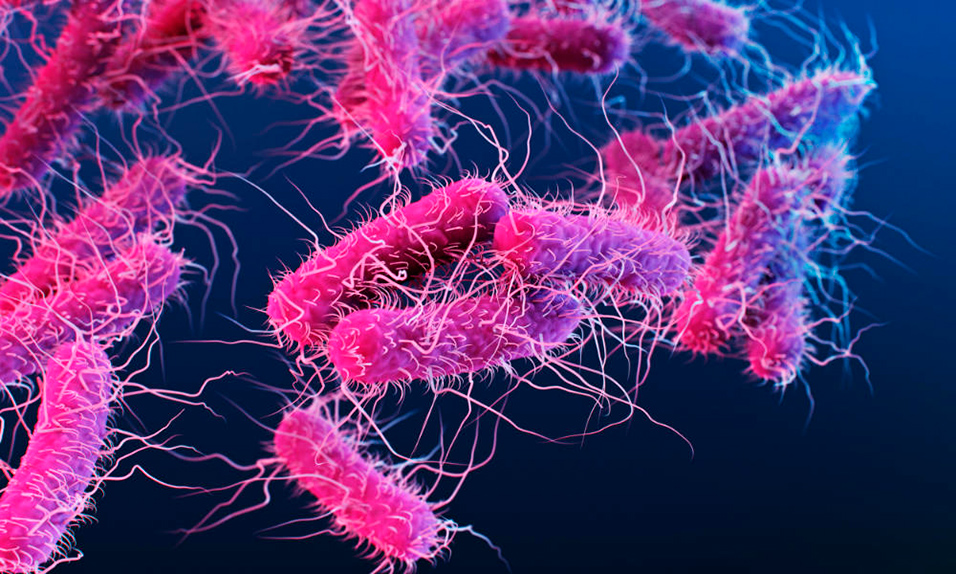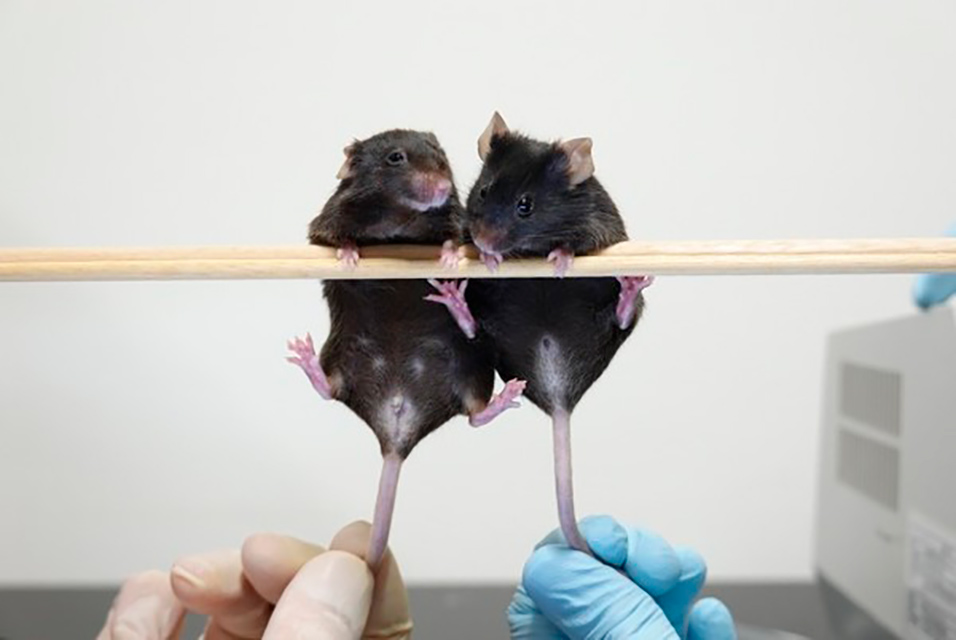ROCHESTER, NY.- Doctors often treat ear infections, strep throat, and urinary tract infections with antibiotics that kill the bacteria causing these infections. Sometimes, however, bacteria mount strong responses to stressors such as antibiotics, allowing these “stressed” bacteria to survive. This is especially the case when a person takes multiple antibiotics.
Understanding the mechanisms behind bacteria’s responses is important in developing more effective disease treatments. Anne S. Meyer, an associate professor of biology at the
University of Rochester, received a nearly $719,000 grant award from the National Science Foundation to study these mechanisms. In a collaboration with Moumita Das, an associate professor of physics and astronomy at Rochester Institute of Technology, Meyer’s research will answer fundamental questions about how bacteria organize themselves and will provide important information for developing antibiotics that target bacteria without harming healthy human cells. Because patients may try multiple antibiotics before they find one that works, treatments that are better targeted to the bacteria may also reduce the use of antibiotics, addressing the growing problem of antibiotic resistance.
Meyer and the members of her lab have extensive expertise in biochemistry and single-molecule biophysics, and her lab is internationally known for its findings on how bacteria compact their DNA during stress. Das’s lab has performed pioneering work on mathematically modeling the physical and mechanical properties of biological systems.
“Together we are the perfect team to study this problem,” Meyer says.
‘Stressed’ bacteria and how they survive
“Unstressed” bacteria have plenty of nutrients to consume and are in an environment that is neither too hot nor too cold. Stressed bacteria, on the other hand, may be starving, experiencing extreme temperatures or pH, or even exposed to toxic metals or radiation.
When bacteria invade the human body, the body fights back and tries to kill the bacteria in various ways—by increasing the pH as the bacteria enter our digestive tract, or by changing the oxygen concentration, for example. We may also ingest antibiotics to attack the bacteria. But if the bacteria can mount an effective stress response, they will be able to survive within the body despite these stressors.
How do bacteria mount an effective stress response?
When bacteria undergo stress, they activate stress responses that include the expression of a new set of genes to help them prevent or reverse the damage caused by the stressful condition. With more extreme stress, some bacteria can even shrink in size or turn themselves into durable, long-lasting spores.
Meyer’s lab has found that some stressed bacteria are able to compact their DNA into organized crystals, making the DNA less likely to become damaged. Her latest research will probe the mechanics of crystallized DNA in an effort to discover how this crystallization helps bacteria survive. In particular, she wants to know how bacteria are still able to function and, as she puts it, “read” from a “closed book” of crystallized DNA.
The research has important implications for developing more effective antibiotics. That’s because many antibiotics work by inhibiting bacterial gene expression, interfering with the RNA polymerase enzymes that read off the DNA to express the bacteria’s genes. These antibiotics are effective only if they are able to inhibit the RNA polymerase enzymes in all situations, whether or not the bacteria is stressed.
Meyer’s lab has recently learned that some molecules are not able to reach a stressed bacteria’s DNA when the DNA becomes crystallized. This could mean that antibiotics might also be unable to reach the DNA of stressed bacteria cells in order to kill the bacteria.
“We want to check whether antibiotics are able to reach the DNA of stressed cells, and, if not, we will be discovering the rules for what types of molecules are able to reach the DNA,” Meyer says. “These rules would help to design new antibiotics that are active in stressed as well as unstressed bacteria cells.”
Building on Rochester’s strengths
Michael Welte, chair of Rochester’s Department of Biology, notes that Meyer’s research builds on core strengths in analyzing the physical and behavioral properties of living matter.
“Her group not only adds a unique perspective, but she has also forged new connections across campus, such as with the Department of Microbiology and Immunology and the Materials Science Program, and with colleagues at other universities,” he says. “Dr. Meyer’s research lays the groundwork for understanding how the physical properties of biomolecules create order at the cellular level, not just in bacteria, but in all living organisms.”










